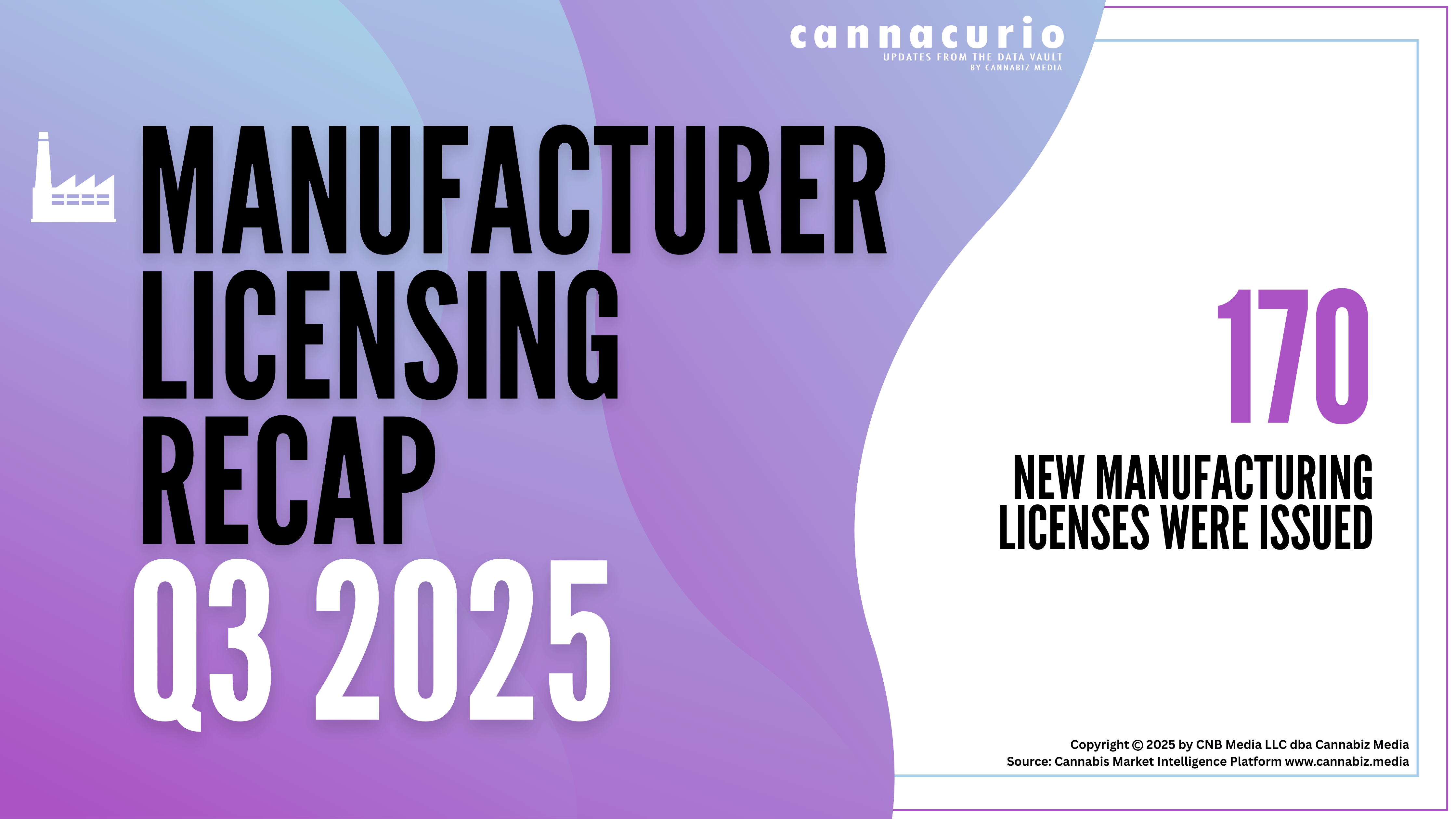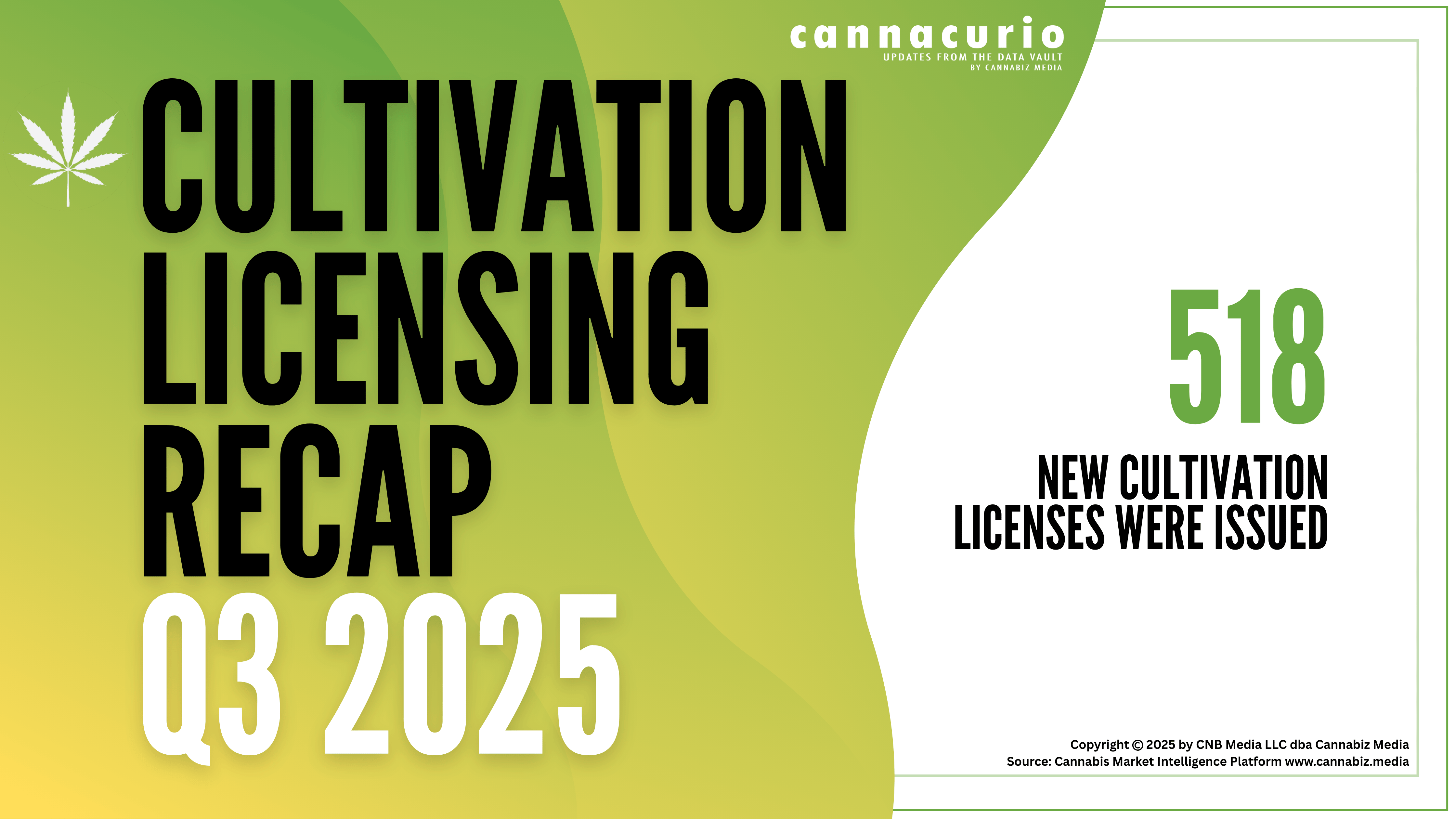
Marijuana Accessibility – How Easy Is It for People to Access Cannabis Products?
One of the critical factors that determines not only the value of a marijuana license but also the viability of a state’s medical and/or recreational marijuana program is marijuana accessibility. In other words, how easy is it for people in the state to access cannabis products?
As cannabis markets in Colorado, Oregon, Washington, and Nevada mature and new markets open across the country, new questions arise. Are states that are new to the industry learning from the early adopter states? Or are they making mistakes that could limit accessibility and the growth of the cannabis industry overall?
Last week, Cannabiz Media published an infographic based on data from the Cannabiz Media License Database that provides a wealth of information about marijuana licenses in states that have approved medical and/or recreational marijuana. Let’s dive into the state-by-state data as it relates to marijuana product accessibility.

Among the states that have active marijuana markets, the accessibility of cannabis products varies significantly. The table below provides an overview. Note that rows highlighted in green represent states that have active medical and adult-use marijuana programs.

What Does the Data Mean?
The data in the table above shows the state with the most accessible marijuana for medical and/or recreational purchase from licensed dispensaries and retailers is Colorado, which has 26 locations per 100,000 residents. In second place is Oregon with 19 locations per 100,000 residents. It’s not surprising that these are mature cannabis markets where both medical and recreational use are legal.
Many of the states with the least accessible cannabis products are very new to the industry or still in the process of launching their marijuana programs. Therefore, it’s not surprising that accessibility is still poor.However, when a state has less than one location per 100,000 residents where cannabis can be purchased, it’s a red flag that the state’s marijuana program could be set up to limit growth. For investors and entrepreneurs looking to get into the industry in these states, additional research should be conducted before a decision is made on whether or not to enter the market.
It’s also important to consider geography when researching accessibility of marijuana products within a state. For example, a small state in terms of area could have a lower accessibility number in the table above and draw far less concern than a large state with low accessibility. When evaluating accessibility, the distance people have to travel to purchase cannabis products can have a significant effect on the viability of a state’s marijuana program.
In addition, the density of residents around specific geographic areas (such as large cities), could make a difference in terms of how accessible marijuana products are to large numbers of residents. If most residents live in the same area, then a lower accessibility number might not raise a red flag if dispensaries and/or retailers are located within those high density areas of the state.
While this article doesn’t dive into the details related to area and population density, it does give you an idea of how marijuana accessibility can impact the viability and growth potential of a state’s cannabis industry. By leveraging the data available in the Cannabiz Media License Database, you can get a clear picture of market opportunities by state, county, and city. Schedule a free demo and see it in action.

.png)

